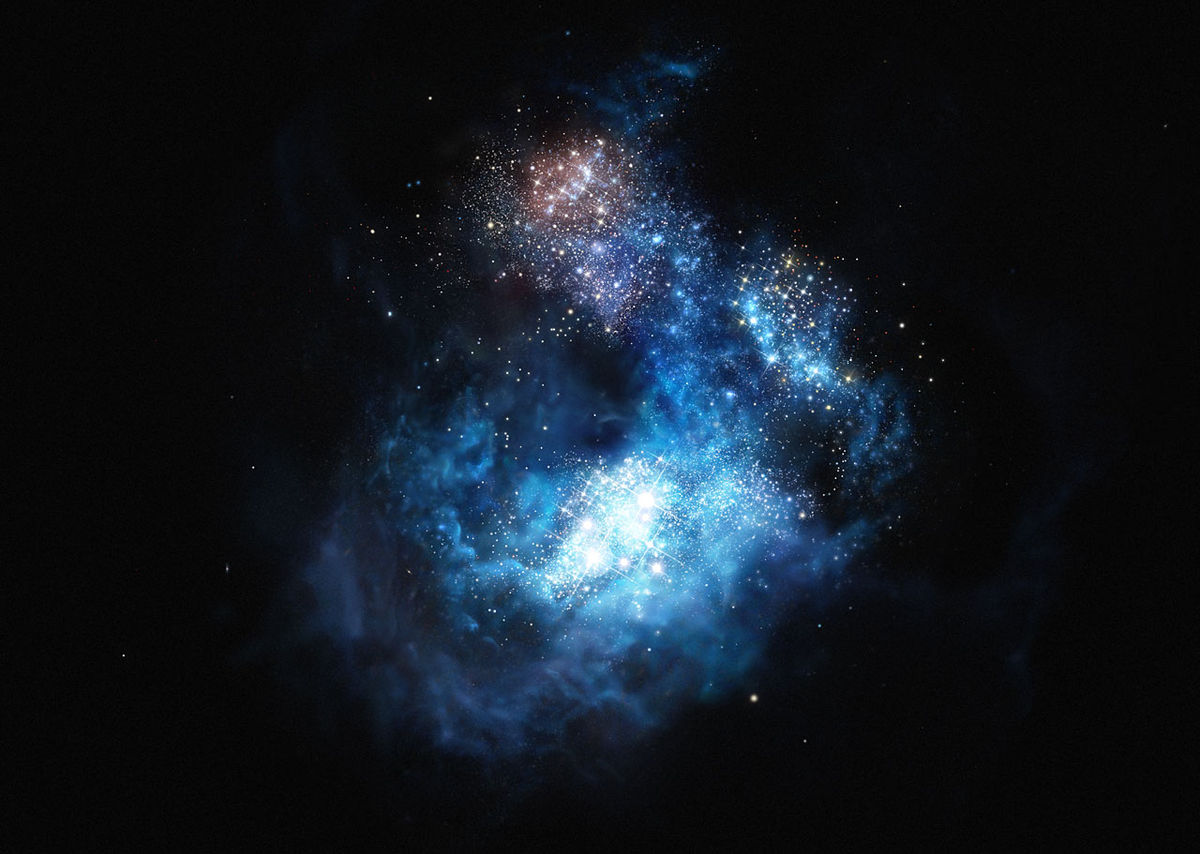In the vast expanse of the cosmos, where galaxies twinkle like distant diamonds, one celestial marvel stands out among the rest – Cosmos Redshift 7. Discovered in 2015, this distant and enigmatic planet has captivated the imagination of astronomers and space enthusiasts alike. With its peculiar characteristics and mind-boggling features, Cosmos Redshift 7 has become a symbol of the mysteries that lie beyond our earthly realm.
Exploring the Enigma
Cosmos Redshift 7, often abbreviated as CR7, is located a staggering 13 billion light-years away from Earth. To put this into perspective, the observable universe itself is estimated to be around 13.8 billion years old, making CR7 one of the earliest celestial bodies ever observed by scientists. The discovery of such a distant planet has opened a window into the past, allowing astronomers to study the universe in its infancy.
Formation and Composition
One of the most intriguing aspects of Cosmos Redshift 7 is its formation and composition. Scientists believe that CR7 was born in the early stages of the universe, a mere 800 million years after the Big Bang. This makes it a member of the first generation of galaxies, known as “cosmic dawn.” The primordial conditions during this epoch led to the creation of stars and planets with unique characteristics, and CR7 is a prime example.
CR7 is predominantly composed of hydrogen and helium, the basic building blocks of the universe. However, what sets it apart is the abundance of heavy elements, such as carbon and oxygen, which are crucial for the formation of planets and, potentially, life. The presence of these elements in a celestial body from such an early cosmic era challenges our understanding of the universe’s evolution.
Luminosity Beyond Comparison
One of the defining features of Cosmos Redshift 7 is its extraordinary luminosity. The term “redshift” in its name refers to the stretching of light waves due to the expansion of the universe, causing the light emitted by CR7 to shift towards the red end of the spectrum. This redshift indicates that CR7 is receding from us at an incredible speed, and its light has traveled an immense distance to reach our telescopes.
The luminosity of CR7 is primarily attributed to the intense activity of young, massive stars within the galaxy. These stars, some hundreds of times more massive than our sun, emit a dazzling amount of energy, making CR7 shine as one of the brightest objects in the observable universe. The sheer brilliance of this distant planet challenges our understanding of the early stages of galaxy formation and the potential for extreme stellar activities in the cosmic dawn.
Mysterious Objects within CR7
Within the confines of Cosmos Redshift 7, astronomers have identified mysterious objects that further contribute to the enigma surrounding this celestial wonder. Among these are Lyman-alpha blobs – colossal clouds of hydrogen gas that glow brightly in the Lyman-alpha spectral line. The exact nature and origin of these blobs within CR7 remain a subject of intense study, with researchers speculating about their role in the galaxy’s formation and evolution.
The presence of such peculiar objects within CR7 sparks debates and discussions within the scientific community, driving astronomers to develop new theories and models to explain the mysteries concealed in the depths of this ancient galaxy.
Implications for Cosmology
The discovery and study of Cosmos Redshift 7 have profound implications for our understanding of cosmology and the early universe. By observing celestial bodies from the cosmic dawn, astronomers can trace the evolution of galaxies, stars, and planets, unraveling the intricate tapestry of the cosmos.
The abundance of heavy elements in CR7 challenges existing models of element distribution in the early universe. The luminosity of the galaxy suggests the presence of extremely massive stars, prompting scientists to rethink their assumptions about stellar formation and activity during the cosmic dawn.
Furthermore, the study of Cosmos Redshift 7 provides valuable insights into the conditions that paved the way for the emergence of life-sustaining planets. The abundance of essential elements in this ancient galaxy raises intriguing questions about the potential for life to arise in the early universe, expanding our perspective on the cosmic possibilities beyond our own familiar galactic neighborhood.
Conclusion
Cosmos Redshift 7 stands as a testament to the wonders that lie beyond the boundaries of our understanding. This distant planet, born in the cosmic dawn of the universe, challenges our preconceptions about the early stages of galaxy formation, stellar activity, and the potential for life in the cosmos. As astronomers continue to unravel the mysteries concealed within CR7, it serves as a beacon, guiding us to explore the infinite depths of the universe and inspiring a sense of awe and curiosity about the vast unknown that stretches far beyond our earthly home.

Leave a Reply